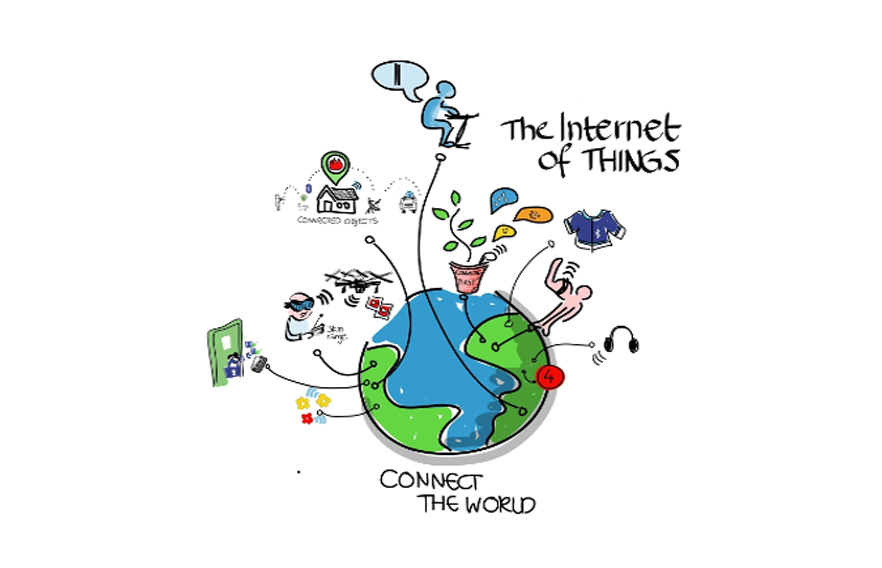Over the last few years, advances made in the Internet of Things (IoT) has caught the attention of the tech community. While not a new phenomenon, the IoT continues to build momentum and has huge implications for both the consumers and producers of today’s technology. For instance, the wearables market has exploded in recent years with Apple Watches, Fitbits and other “connected” products leading the charge. More and more people are becoming seemingly obsessed with tracking data on their calorific intake, exercise, heart rate and BMI. eMarketer has predicted wearable user penetration of around 34% in 2017. There’s an undeniable thirst for information and curiosity about what’s next, which will drive further innovation.
Another area where we’ve seen great strides in recent years is in the development of smart cars. Cars are no longer simply a means to get from point A to point B. They are intelligent machines that can receive and transmit information, customize experiences for each driver and even drive themselves. According to Gartner, by 2020, there will be a quarter billion connected vehicles on the road. These examples are just the tip of the iceberg. Let’s take a closer look at how exactly this connectivity enhances product and process innovation.
Insight to Speed Innovation
The rise of the IoT means more than simply the communication between physical devices; it means the availability of more consumer information than ever before. Connected devices make user data available to manufacturers much faster than previously possible, in essence producing what we’re calling “The Information of Things” – the idea that connected devices deliver massive amounts of information that has the ability to reshape product evolution. The “Information of Things” equips manufacturers with data about product use patterns, which informs and speeds updates and improvements. For example, having details about the most popular applications on a smartphone can help developers improve the user interface in the next generation of the product, better catering to consumers’ wants. Additionally, knowing what features are most utilized in a luxury car or wearable device can influence the development of the next year’s release, in essence helping manufacturers better meet consumer demand and even stay ahead of the curve.
Insight to Maximize Revenue
In addition to informing and speeding product updates, the “Information of Things” also presents new opportunities for cross-sell and up-sell. Having a better understanding of a customer’s exercise habits, for example, can help a brand recommend additional or complementary items that the shopper might find useful. Or, if an item needs periodic replacing, the manufacturer could send automatic reminders to the consumer. Brands can also share this data with other brands (assuming customers “opt-in”) to better serve consumers and improve sales. Staying with the exercise scenario, the maker of a personal fitness tracker could work with a consumer’s favorite running shoe provider to send alerts when they’ve reached a certain cumulative mileage and it’s time for new shoes. Taking it a step further (no pun intended), the system could even activate shipping of a new pair of shoes, depending on consumer settings and preferences. With the connection of information in this way, processes are eased for consumers and manufacturers, and brands have greater ability to improve sales and better cater to their buyers’ needs.
The “Information of Things” is certainly an interesting phenomenon, for manufacturers and consumers alike, and we’ve only scratched the surface of the potential that this area holds. The continued growth and interest in the IoT presents incredible opportunities for manufacturers of all types of products, and even services. But, before they can take advantage of the growing “Information of Things” to drive digital transformation, companies must take steps to clearly define their problems, determine what data capture is needed and how to best leverage and translate those complex data sets into intuitive information. What have your experiences been with application of Information of Things? Let us know your thoughts!



